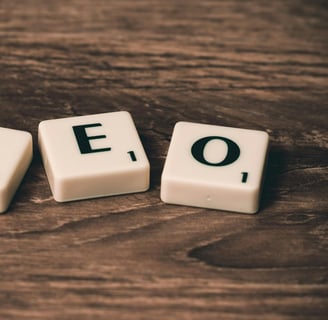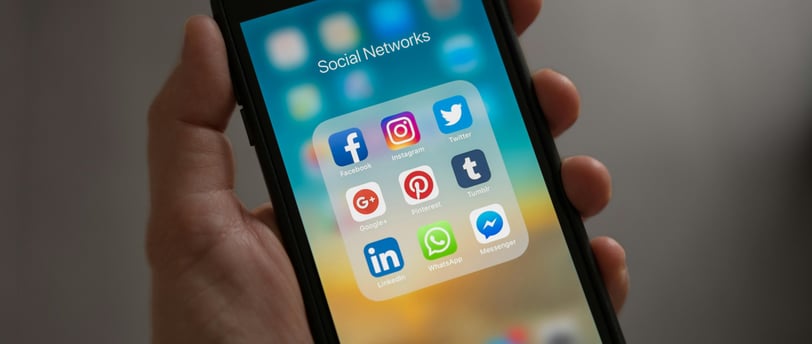Why Digital Marketing is a Small Business Superpower (and Why You Need It Yesterday)
Kangaroo Leap Digital Media
9/4/20244 min read


When small businesses first start, they often have big dreams and tiny budgets. The go-to strategy? Print ads, flyers, and maybe a hand-painted sign on a street corner. But let’s be real—when was the last time you stopped to read a flyer instead of scrolling through your phone? Exactly.
If you’re relying solely on old-school advertising, you’re missing out on a massive opportunity. The internet isn’t just for cat videos and conspiracy theories; it’s a goldmine for small businesses looking to grow. In fact, 76% of consumers check out a company online before stepping foot in a store, and 45% are more likely to visit if they find a strong online presence. Translation? If you’re not online, you basically don’t exist.
So, let’s break it down. Here’s how digital marketing can turn your small business into a big deal.


1. Stalk Your Competitors (Legally, Of Course)
If your competition is crushing it online while you’re still relying on foot traffic, you’ve got a problem. Check out what they’re doing: What’s working? What’s flopping harder than a bad stand-up routine? Tools like SEMrush, Ahrefs, and BuzzSumo can help you dig up intel so you can outsmart them.
Pro tip: If your competitor’s customers are raving about something, steal (ahem, “take inspiration from”) their best ideas and make them even better.


2. SEO: The Wizardry That Makes Google Love You
Here’s the deal—if someone Googles your product and finds your competitor first, you’ve lost before the game even started. Search Engine Optimization (SEO) helps you rank higher, so you show up before your rivals.
Think about what your customers are searching for and sprinkle those keywords into your website, blogs, and content. Oh, and Google Business Profile is your new best friend. It’s free and can skyrocket your local visibility faster than your mom’s Facebook posts get likes from distant relatives.


3. Social Media: Be the Business People Can’t Ignore
With over 5 billion users on social media, your audience is out there—you just need to meet them where they hang out. But choosing the right platform is key:
Facebook: Great for community engagement and Boomers sharing questionable health advice.
Instagram: Perfect if your brand has a visual appeal (or you just love showing off your office dog).
TikTok: The ultimate place for viral content—just don’t embarrass yourself.
LinkedIn: If you’re into business-to-business (B2B) connections and professional flexing.
X (Twitter): Ideal for witty one-liners and starting brand feuds.
Post, engage, and for the love of all things digital—don’t just promote yourself. Nobody likes that guy at a party who only talks about himself.


4. Your Customers Already Like You—Now Keep Them Hooked
Email marketing is like texting your customers but without the awkward late-night typos. If someone has already bought from you, they’re way more likely to do it again.
Segment your email list based on things like past purchases, location, or how many times they’ve opened your emails. (Yes, email tracking is a thing. Welcome to the digital age.) Send special offers, exclusive deals, or just a friendly reminder that you exist. It’s way cheaper than constantly chasing new customers.


5. Influencers: The Digital Hype Machine
You don’t need to shell out millions to get a Kardashian to promote your brand. Micro-influencers (those with 10K-100K followers) often have better engagement rates and feel more authentic. Plus, they don’t charge an arm and a leg.
Find influencers in your niche, slide into their DMs (professionally, of course), and get them to talk about your product. Their audience trusts them, which means instant credibility for your brand.


6. Spend Smarter, Not Harder
One of the biggest perks of digital marketing? It’s budget-friendly. Unlike traditional ads, where you throw money into the void and hope for the best, digital ads let you target exactly who you want—no wasted spending.
Facebook & Instagram Ads: Perfect for hyper-targeted campaigns.
Google Ads: Great if you want to appear when people search for something specific.
Retargeting Ads: Ever looked at a product online and suddenly it’s everywhere? That’s retargeting, and it works like a charm.


